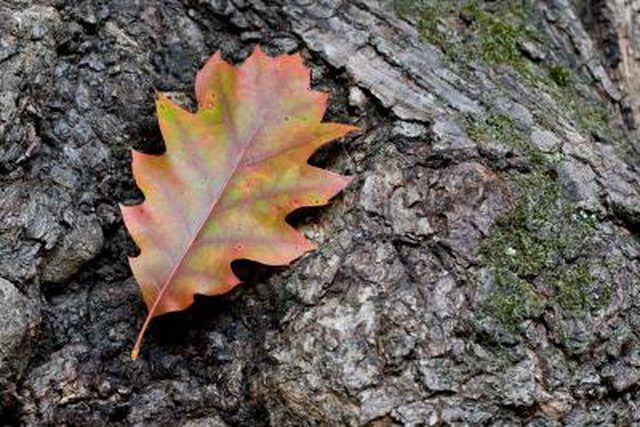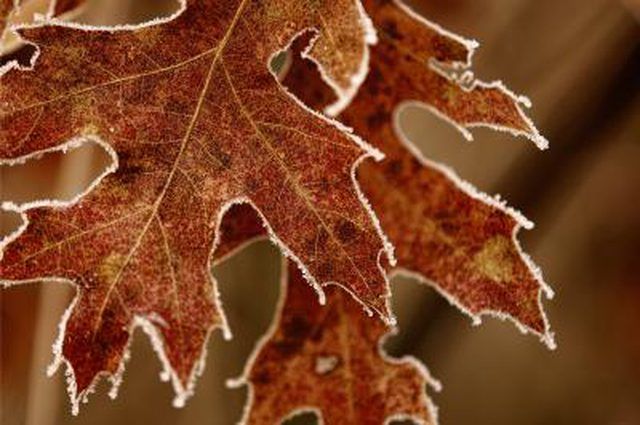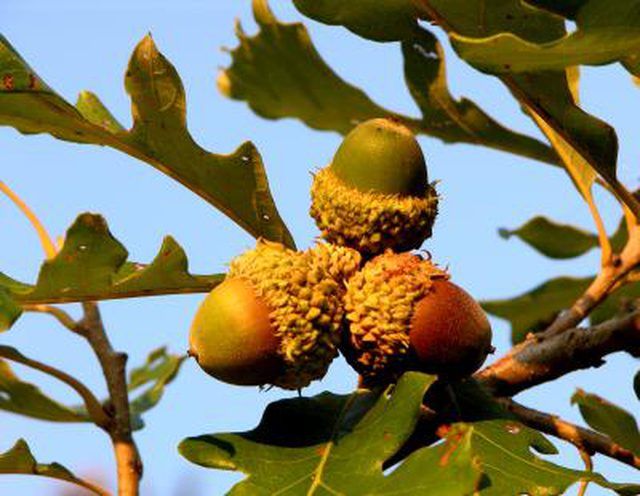Bulbs
Flower Basics
Flower Beds & Specialty Gardens
Flower Garden
Garden Furniture
Garden Gnomes
Garden Seeds
Garden Sheds
Garden Statues
Garden Tools & Supplies
Gardening Basics
Green & Organic
Groundcovers & Vines
Growing Annuals
Growing Basil
Growing Beans
Growing Berries
Growing Blueberries
Growing Cactus
Growing Corn
Growing Cotton
Growing Edibles
Growing Flowers
Growing Garlic
Growing Grapes
Growing Grass
Growing Herbs
Growing Jasmine
Growing Mint
Growing Mushrooms
Orchids
Growing Peanuts
Growing Perennials
Growing Plants
Growing Rosemary
Growing Roses
Growing Strawberries
Growing Sunflowers
Growing Thyme
Growing Tomatoes
Growing Tulips
Growing Vegetables
Herb Basics
Herb Garden
Indoor Growing
Landscaping Basics
Landscaping Patios
Landscaping Plants
Landscaping Shrubs
Landscaping Trees
Landscaping Walks & Pathways
Lawn Basics
Lawn Maintenance
Lawn Mowers
Lawn Ornaments
Lawn Planting
Lawn Tools
Outdoor Growing
Overall Landscape Planning
Pests, Weeds & Problems
Plant Basics
Rock Garden
Rose Garden
Shrubs
Soil
Specialty Gardens
Trees
Vegetable Garden
Yard Maintenance
How to Identify Red Oak, Black Oak, & Bur Oak Trees
How to Identify Red Oak, Black Oak, & Bur Oak Trees. The oak tree is a member of the beech family of trees and several species of oaks exist in North America. Three of these species of oaks--the red oak, the bur oak and the black oak--differ in the size and shape of their leaves as well as in other facets. These three oaks share a very similar...
The oak tree is a member of the beech family of trees and several species of oaks exist in North America. Three of these species of oaks--the red oak, the bur oak and the black oak--differ in the size and shape of their leaves as well as in other facets. These three oaks share a very similar geographical distribution in the United States. To identify correctly these different types of oaks from one another and from other trees in the forest where they grow you need to know what features to key in on.

Step 1
Recognize the red oak by the color of its leaves in the autumn. The leaves, which fall off in October or early November within most of the range of this tree, change from green to a brick red shade, making the red oak a popular landscaping and shade tree. These leaves are from 5 to 8 inches long and 4 to 5 inches in width. They possess from seven to 11 pointed lobes. The younger red oaks have smooth bark that reflects the sunlight in the winter. This bark takes on a ridged appearance as the tree matures. Look for the acorns of a red oak to have an oblong shape, grow as long as one inch and have a flattened saucer-like cup at the base.

Step 2
Differentiate black oak from red oak by the bark and the leaves. You can easily mistake these oaks for one another, especially in the spring and summer before the leaves change color, giving the red oak away. The black oak has leaves the same size as a red oak but there are fewer lobes, with the typical black oak having five to nine lobed leaves. The leaves can turn a similar red as the red oak does but also can change to yellow or brown in the autumn chill. Use the color of the bark as the final piece to identifying black oak. It is dark gray to almost black on the older trees, possessing furrows and ridges of varying depths.

Step 3
Identify the bur oak by the shape of the leaf and the features of the acorns. The bur oak has leaves that can achieve a foot in length and be 6 inches wide. The five to nine lobes of a bur oak leaf have rounded ends, not pointed like red and black oak. The lobes at the base of the leaf are smaller than the middle lobes, with the largest lobes being on the end of the leaf. These leaves have a leathery texture and a dark green hue, turning chartreuse or yellowish-brown in the fall. The acorn of a bur oak is large, with 1.5-inch long acorns common. The acorn has a cup with a fringe covering most of its length.
